Are you having trouble in Battlejack? I think everyone is at one time or another, depending on the dungeon they’re tackling and the heroes at their disposal.
You can know the battle system in and out and have some powerful heroes on your team, but still lose in dungeons pretty frequently. One part of succeeding is knowing how to play, and the other part is knowing how to work up an effective team.
The game may be very similar to Gung Ho’s Puzzle & Dragons in terms of its overall systems, but team building is a whole other beast. Team size costs in Battlejack are exceedingly tight, leveling characters is a heavy time and gold investment, and you have to consider a whole host of factors when putting a team together.
Part of the fun of Battlejack is putting your teams together, and with luck this guide will help you do so more effectively.
Choosing a Leader
Every hero worth its salt has a leader skill to benefit the team as a whole. Some leader skills give an all-around increase to certain stats, some grant certain hero colors or types additional attack when you get a 21, and so on.

The leader skill will not only dictate the types of heroes you should have on a team, but also how you play. Here are the three types of leader skills you see most often and how they will affect your playstyle:
- 21 will also give X heroes ATK+ for X turns: These leaders require you to try to aim for 21 as often as possible to do extreme damage when you do hit it. Teams running two of these leads (you and a friend) should ideally have heroes with high skill levels for low cooldowns, or exceedingly high stats.
- Increases the DEF, HP, or ATK of certain hero types or colors (or all heroes): These teams are less risky than the above and do not require as many skill levels to pull off, but they will never see the overall damage numbers of the previously listed leader skills. You do not have to try to get 21 as often with these leaders.
- X% chance to counter an element with another element: This is one leader skill that is situational. In dungeons filled with one element, these leader skills can be total game-changers. In general dungeons they are far less useful.
The Hidden Factor: Hero Traits
Your heroes’ elements are obviously important (and we’ll get to elements in a bit), but traits are one factor that every player needs to know about and factor in when putting a team together.
Surely you’ve noticed traits — just look at the bottom left corner of any hero’s information.
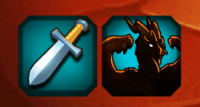
These may look arbitrary but traits to interact with one another and much of your success is going to rely on knowing the traits of your heroes and those of your enemies as many traits interact with one another or have special effects. you absolutely have to keep them in mind.
- Armored: Takes less damage from non-piercing attacks
- Divine: Lesser beings (non-Divine) do less damage
- Dragon:
- Flying: Takes less damage from non-ranged attacks
- God Hunter: Does extra damage to Divine
- Healer:
- Magical: Takes less damage from non-Spell Caster attacks
- Mechanical: Immune to Frozen and Stun
- Melee:
- Piercing: Does extra damage to Armored
- Ranged: Does extra damage to Flying
- Spell Caster: Does extra damage to Magical
- Undead: Doesn’t have Recovery. Immune to Silence
It should go without saying that you don’t want to take a team full of Magical heroes into a dungeon full of Spell Casters — but you certainly would want to take a team of Spell Casters into a dungeon filled with Magical enemies.
Even More Hidden But Not as Urgent: Hero Alignment
Since this is a guide on heroes and team building, it wouldn’t be complete without mentioning alignments and how they affect stat growth. This is a system Brave Frontier players will be familiar with.
Alignment isn’t something to immediately consider when building a team, but it is something to bear in mind. A hero’s alignment affects its stat growth, which is far more important at later levels than lower ones. A hero with an alignment totally opposite of its primary strength is simply not going to be as good as one with a complementary alignment.
You can also see alignments on the bottom left of a hero’s information panel.

Battlejack‘s alignments are as follows:
- Anima – HP increased by 15% but REC decreased by 5%
- Breaker – ATK increased by 15% but DEF decreased by 5%
- Lord – All stats increase 5%
- Oracle – REC increased by 15% but HP decreased by 5%
- Warden – DEF increased by 15% but ATK decreased by 5%
You wouldn’t want a Healer with an Anima alignment just like you wouldn’t want a hero who has a skill that scales off their DEF to be a Breaker.
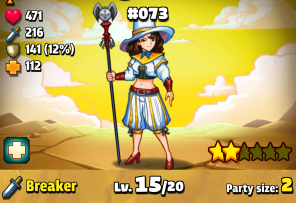 I wish you were an Oracle.
I wish you were an Oracle.
Active Skill Synergies
Now this is one factor that’s really easy to overlook and not think about at all — and I’m not talking about just making sure you have a diverse set of skills in a party. Which you should, depending on your leader.
When looking at active skills, you should be looking at two things:
- What the skill does
- What the skill scales off of
The first is pretty obvious, but the second is a little more complex. We’ll go over the second point before what skills do.
Skill stat scaling & planning around skills
You’ve definitely noticed that your heroes’ active skills scale off a particular one of their stats, generally ATK, DEF, or REC. In the case of damage skills, these three have separate traits:
- Attack skills that scale off ATK have a chance to critically hit
- Attack skills that scale off DEF cannot be dodged
- Attack skills that scale off REC ignore enemy DEF
This is important to remember both in combat and when building a team.

It’s in your best interest to consider your units’ skill scaling when you are using a leader that increases certain (or all) heroes’ stats, so you can make the most of certain skills.
- Example: Using a leader that increases a certain type’s DEF while having one of them on the team with an active damage ability that scales with DEF can significantly improve the damage of that skill.
You may also want to plan your team around their skills based on the dungeon you’re targeting, especially in dungeons where enemies have high Evasion or DEF. In those instances you may want to have attack skills that scale off DEF or REC, respectively.
Active skill effects
This is up to your own discretion, but I highly recommend you do not run a team with all offensive skills.
Offensive active skills are nice, but they don’t keep you alive when the going gets tough. You have to think about your team’s strengths and weaknesses, as well as the capabilities of the enemies in the dungeon you’re targeting.

Nullifying certain status effects, inflicting them, stalling via Freeze and disabling, shield-breaking, healing, shielding, self-targeting attack buffs… The list of skill effects goes on.
You have to consider what your team needs in terms of skills, and often a Healer is in order to keep you alive.
When in Doubt, Choose the Highest Stats per Cost
Stats are king, and if you’re having trouble putting a team together despite the rest of the information laid out here, they are a worthy team cost investment.
This is less the case in terms of REC and DEF, but is definitely the case with ATK and HP.
4-star and higher heroes generally have higher ATK and HP than below, so bear this in mind when picking a stranger as a sub-leader as well.
Bi-color? Tri-color? Quads?
You may not have much choice as to the elements present on your team now, but you will in time and it’s going to become a prime component to your team building.
The amount of elements on your team is going to affect how easily you will activate heroes in combat (very important), as well as both the leader you choose if you have an elemental lead and the skills you should have on your team.
If you choose to go with a bi-color (2 element) team, it’s imperative you have at least one card element changer or Ace spawn skill on it to ensure you can keep your team active on turns they otherwise wouldn’t be able to act. Keeping your skill cooldowns moving is important, and they don’t tick down if you don’t activate a hero on a turn.
As a side note, bi-color teams should not be dark/light, as they use the same cards.
Tri-color teams are easier to keep active and do not require card-changing or spawning skills, though they are certainly a plus for clinch 20 draws.
Single Color?
I haven’t tried this myself because it’s risky and losing Energy sucks — but if you’re in the mood to try a single-color team be aware of what you need.
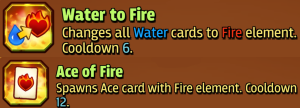 Spoilers: You need these in your element.
Spoilers: You need these in your element.
In order to run a single-color team you need:
- Leaders (both you and a friend) with strong leader skills affecting only that color
- At least two card-changing or spawning active skills
- Active skills that are both high-tier and high-level so their cooldowns are low
- Non-leader units with high stats, especially HP and ATK
The payoff for the risk of missing turns is large damage when you do end up attacking. The low cooldown active skills will keep your team active in combat with relevant element cards, and the high HP and ATK will ensure your team can take some heavy hits while being able to deal out heavy damage.
Adjust for the Dungeon You’re About to Enter
This is the last piece of advice I have for you, and it’s one of the most important: Change your team up based on the dungeon you’re about to do.
You have to pay attention to elemental strengths and weaknesses along with trait interactions when you’re about to go into a dungeon. For standard story content and Arena you can see the enemies you’re about to go up against, but event dungeons don’t have that information available while you’re readying up.
Absolutely adjust your heroes based on element and alignment before ramming yourself into a dungeon and potentially losing Energy.
I think that’s about it for the ins and outs of team building for beginners. Thanks for reading, and if you enjoyed this game please check out my other Battlejack guides!

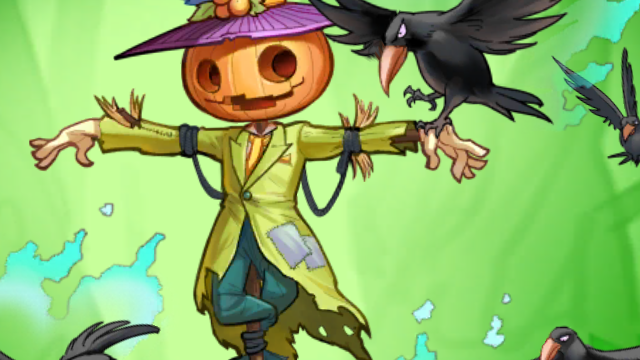
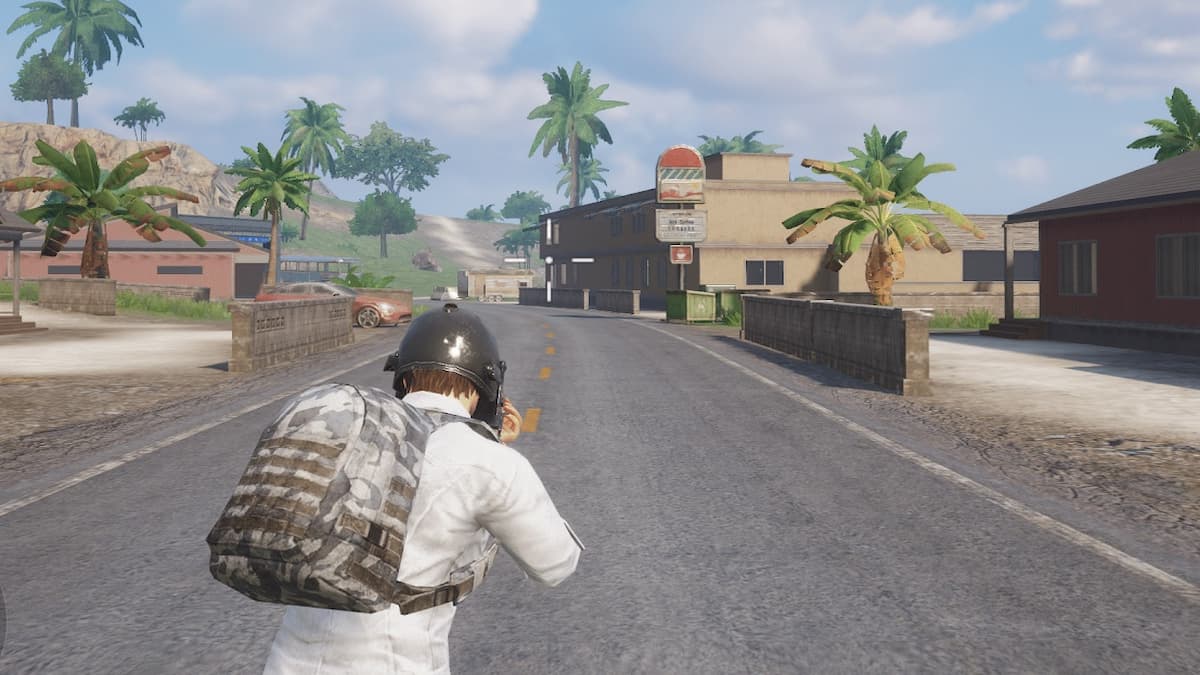
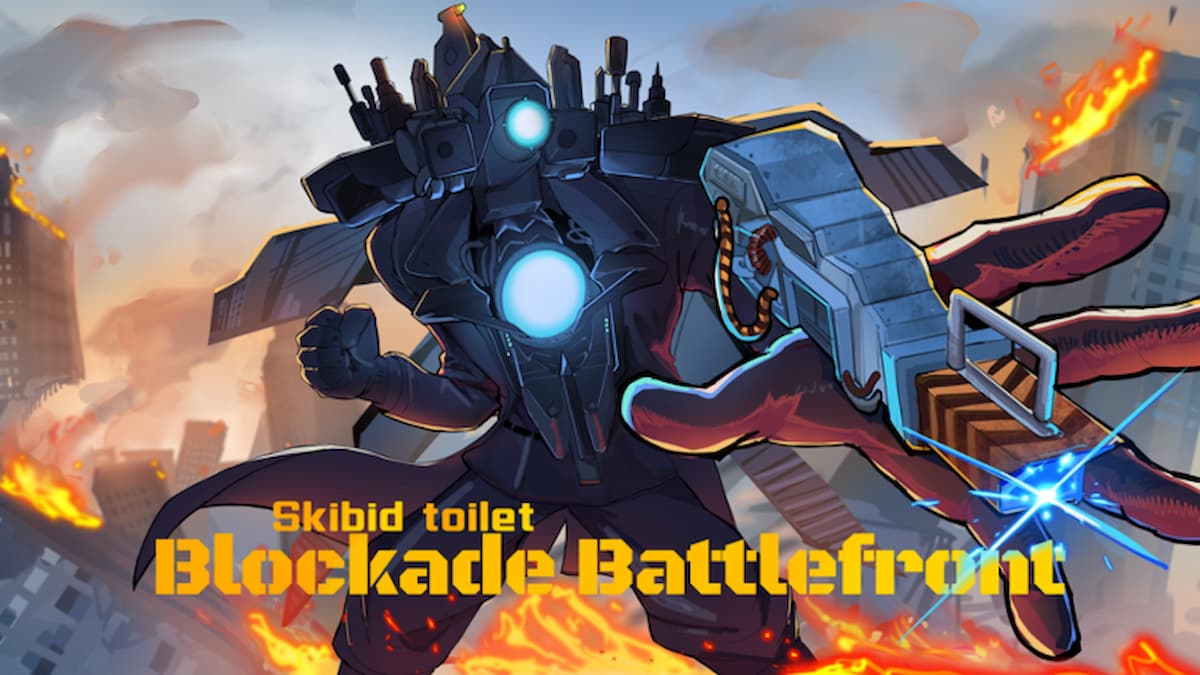
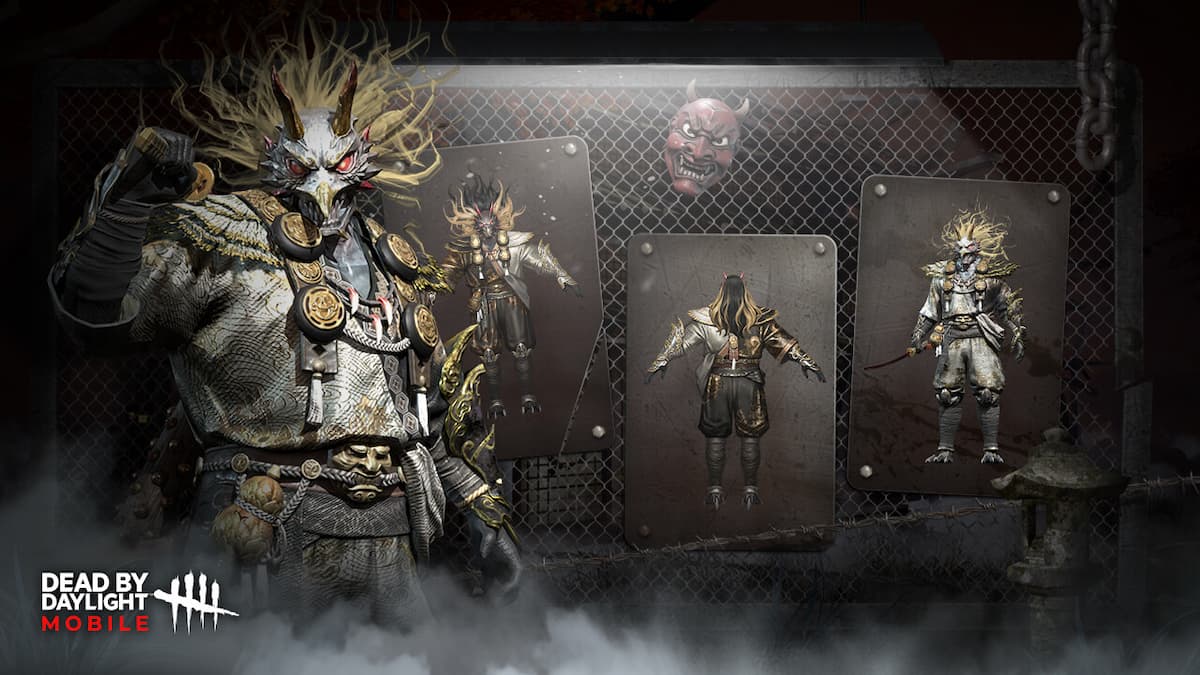
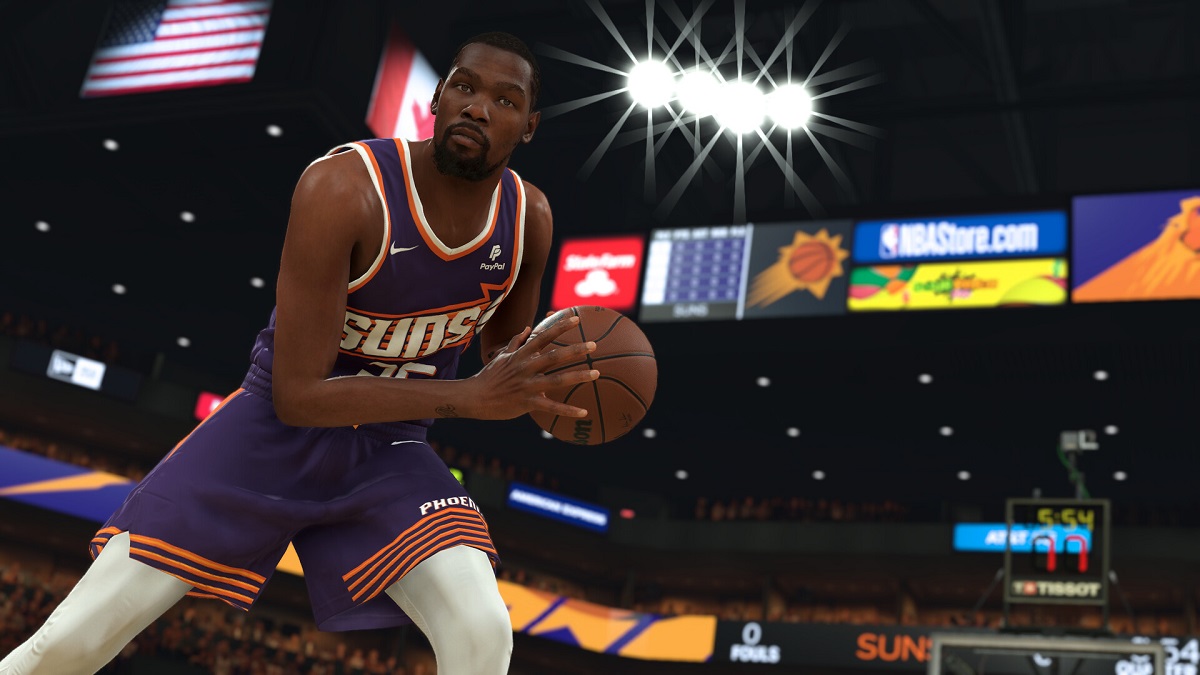

Published: Aug 28, 2017 04:49 pm